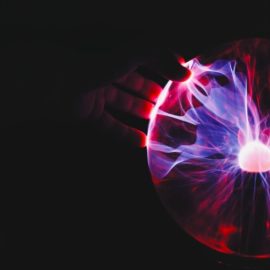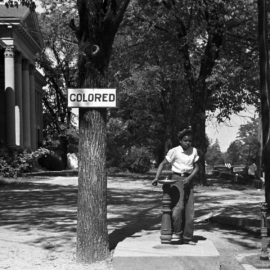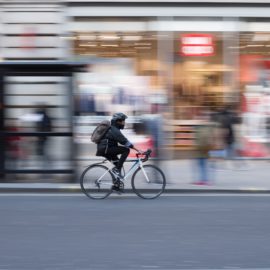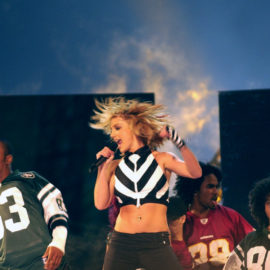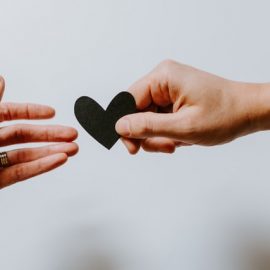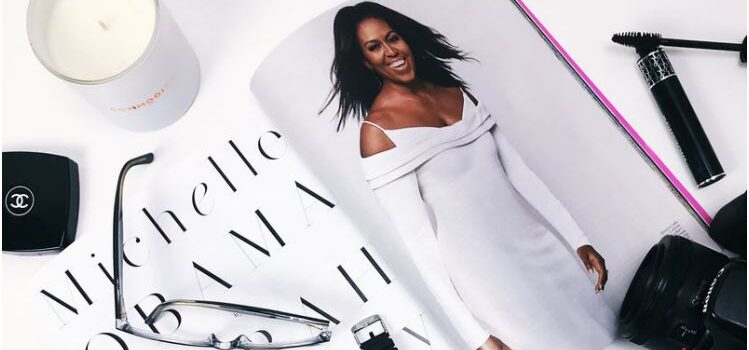
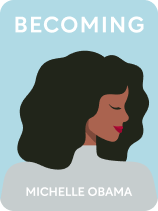
This article is an excerpt from the Shortform book guide to "Becoming" by Michelle Obama. Shortform has the world's best summaries and analyses of books you should be reading.
Like this article? Sign up for a free trial here .
Why did the media start focusing on Michelle Obama’s clothes during Barack’s presidency? How did Michelle use this to her advantage?
While Barack could show up every day in the same suit, the media wouldn’t stop commenting on what Michelle was wearing. Michelle decided to use this to bring attention to social issues and to promote women of color in fashion.
Keep reading to learn more about how Michelle Obama used her clothes to make a social statement.
Michelle the Fashion Icon
At some point during Barack’s campaign for President, the media started to pay attention to Michelle Obama’s clothes. While Barack could show up every day wearing the same dark suit and no one would ever notice, journalists commented nonstop on whether Michelle was wearing short sleeves or long sleeves, high heels or flats. At public appearances and press conferences, she was often asked, “Who made that dress?”
As first lady, Michelle’s appearance was scrutinized even more. Fortunately, she loved fashion and loved dressing up. She became famous for mixing and matching designer couture with clothing she bought from J.Crew or Target.
Michelle had to pay for all her own clothes, except for couture gowns that designers loaned her for formal events, and that were later donated to the National Archives.
Press Criticism
Most of the time, the press praised Michelle for her bold style, but there was criticism, too: On a family trip to the Grand Canyon in Barack’s first year as President, the media attacked Michelle for wearing shorts when she disembarked from Air Force One. Even though it was 106 degrees outside, they proclaimed it undignified for the first lady to wear such casual clothes.
Michelle’s wardrobe stylist and personal aide helped her to choose outfits that met the all-important “optics” standard. “Optics” was jargon for public perception—how something looked to the media and American public. Optics mattered so deeply to Barack’s and Michelle’s staff that when Michelle decided that she wanted to get her hair cut in bangs, her staff suggested they float the idea by Barack’s staff first.
Even though Michelle had been educated at Princeton and Harvard, the optics question the staff needed to address was, “What does Michelle’s haircut say about her?” In the end, she got the bangs.
Public Perception
Michelle began to think that her clothes mattered more to the media than anything she said or did. But she decided that instead of griping about it, she would use it to her advantage. If the American public wanted to look at her outfits in photographs, maybe they’d also read about what she was doing while she wore those clothes.
Michelle strategized ways to use the media’s fashion obsession as a way to garner attention for issues and causes she cared about, like children’s nutrition. When Vogue magazine asked her to be photographed for a cover story, she at first thought it was frivolous and indulgent, but then decided that it was important to have a woman of color on a major magazine cover. She went ahead with the magazine shoot.

———End of Preview———
Like what you just read? Read the rest of the world's best book summary and analysis of Michelle Obama's "Becoming" at Shortform .
Here's what you'll find in our full Becoming summary :
- How Michelle Obama went from the South Side of Chicago to the White House
- Why much of her success came from her being determined from a young age
- How Michelle Obama continues to push herself and discover new opportunities

